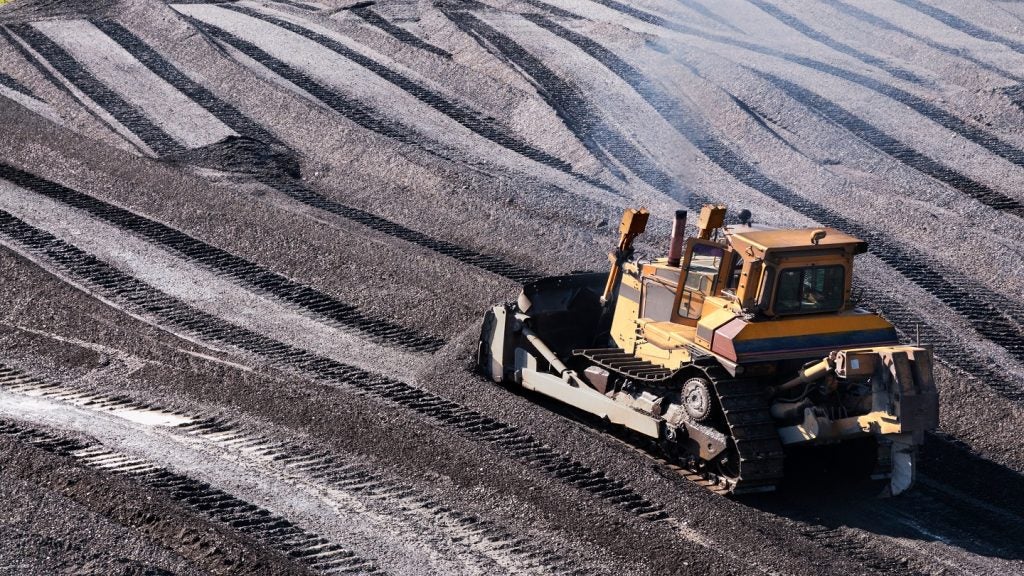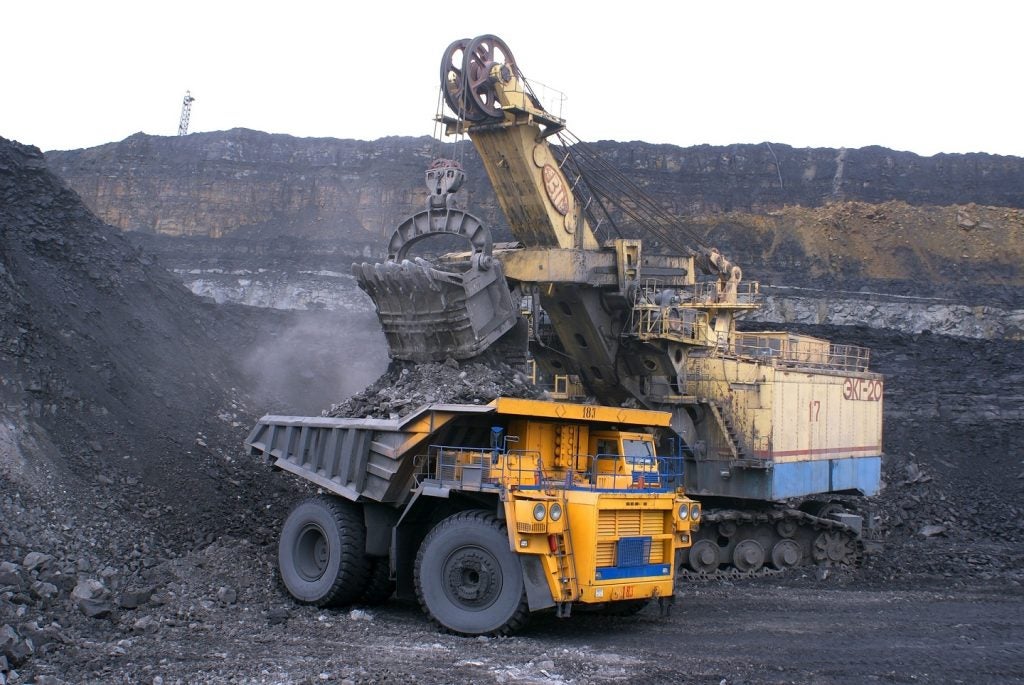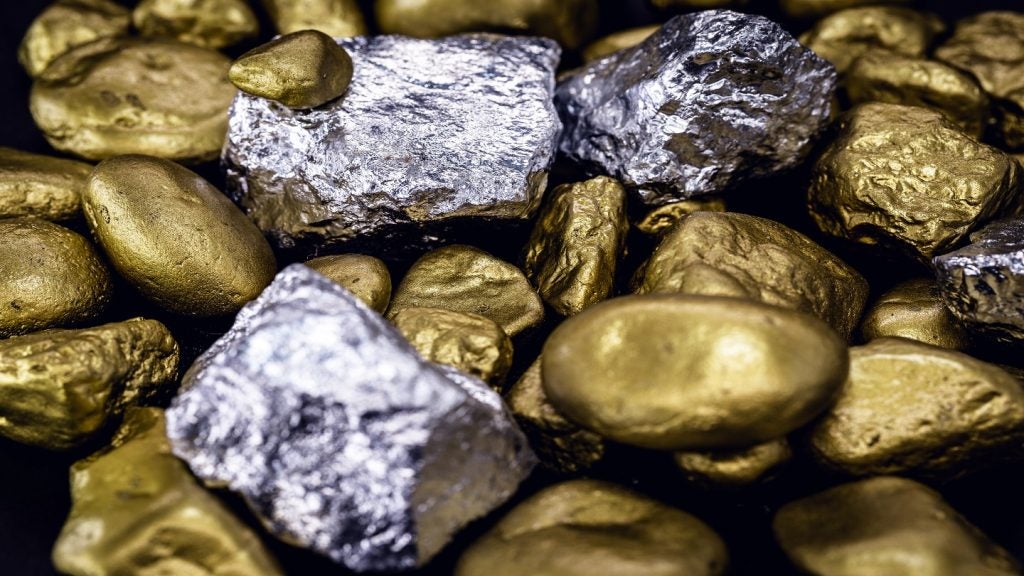

For the global mining sector, there is no market more important than China. The country is the world’s largest consumer of virtually all metals, requiring mountains of raw resources for its national infrastructure and construction sectors, and to help fuel its world-leading economic growth rates. Such is the influence of Chinese demand that for commodities such as iron ore, it is the major determining factor for benchmark international prices.
The importance of the Chinese market is matched only by its inscrutability. The country’s "murky politics, unreliable data and opaque decision making", as a Wall Street Journal analysis put it in August, makes its economy difficult to predict, which is a serious problem for the companies – miners in particular – that depend on healthy Chinese spending to sustain their business.
"I call China the ‘mystery meat’ of emerging-market countries," said prominent fund manager Bill Gross in a February 2014 interview with Bloomberg. "Nobody knows what’s there and there’s a little bit of bologna, so we’re just going to have to wonder going forward through this year as to the potential problems in China and other emerging markets."
China’s downturn hits commodity prices
See Also:
Since Gross’s guarded statement in February last year, potential problems have become real ones for China’s economy, which has started to slow down after decades of rampant growth. The International Monetary Fund’s global economic outlook in July this year forecasted Chinese economic growth of 6.8% in 2015 and 6.3% in 2016, significantly down on the 7.4% growth it achieved in 2014.
How well do you really know your competitors?
Access the most comprehensive Company Profiles on the market, powered by GlobalData. Save hours of research. Gain competitive edge.

Thank you!
Your download email will arrive shortly
Not ready to buy yet? Download a free sample
We are confident about the unique quality of our Company Profiles. However, we want you to make the most beneficial decision for your business, so we offer a free sample that you can download by submitting the below form
By GlobalDataChina’s manufacturing sector – a vital market for the mining industry – has also slumped, partly to the economic slowdown and partly as a result of the country’s attempts to transition away from a manufacturing/exports model to a more domestically focused, service-based economy (a move that signalled the beginning of a sustained economic decline for Japan, China’s neighbour to the east).
After the Libor and foreign exchange scandals, accusations of price manipulation in the precious metals market are gaining momentum.
According to the Purchasing Managers Index (PMI) for manufacturing, China’s manufacturing sector has been steadily contracting since the outset of 2015. Worrying signals like the PMI and falling exports prompted the Chinese government and the People’s Bank of China to devalue the yuan by just under 2% against the dollar in August in an attempt to boost exports.
This apparent confirmation of slackening Chinese growth and demand has exacerbated the downward pressure already being felt by many metals prices, with many mining stocks falling with them.
A weakening manufacturing sector has hampered Chinese demand for industrial metals like copper and aluminium, spelling more bad news for copper and bauxite mining operations. Gold, meanwhile, was already under pressure from the prospect of an interest rate hike by the US Federal Reserve, and that pressure is set to build based on slackening demand from China, the world’s leading consumer of gold, where jewellery demand for the precious metal dropped by 5% in the second quarter of 2015, compared to the same period in 2014.
Chinese slowdown: cyclical or structural?
The mining industry is accustomed to cyclical supply-demand dynamics in the commodities markets and has, in the past, been able to weather downturns by mothballing projects and ramping down production in anticipation of prices bouncing back. But is the slowing of China’s growth just another downward cycle, or are depressed prices set to become a more structural issue for the industry?
Of course, the lack of transparency in the Chinese economy makes many factors difficult to predict, and different mining commodities will experience a range of differing market conditions in the coming years. In some areas, however, experts are predicting that weak demand and global oversupply will likely remain problematic for many years to come.
Iron ore is the best example of a mining commodity for which low prices look set to stay low for years to come, leaving many operations balanced on the brink of ruin. Massive and sustained Chinese demand for iron ore has been the foundation for expanding production from the industry, fuelled by the need for steel to take advantage of the country’s construction boom.
But the Chinese construction bubble has now popped, bringing a decline in property prices and a drastically reduced demand for steel, the production of which has driven the demand for iron ore. Massive oversupply and a steady stream of mine closures has been the result, and according to a statement by investment bank BNP Paribas, the misery is set to continue for the foreseeable future.
"With China’s multi-year real estate correction in its infancy, pollution a hot button issue and steel inventories at record levels, downward pressure on China’s steel output is structural," said BNP.
"The rout in iron ore prices had been long predicted and can be seen as reflecting a classic ‘cobweb’ model of supply and demand dynamics with over-optimistic forecasts for future demand spurring large increases in supply which then kick in as demand begins to normalise."
Australian miners have the most to lose
As the world’s second-largest producer of iron ore and the main exporter to China, the Australian mining sector has taken a particularly severe beating at the hands of the price plunge. It’s an issue that is having an impact far outside the industry itself due to the Australian economy’s reliance on mining exports to China; approximately $3.6bn is wiped from the country’s tax revenues for every $10 drop in the iron ore price. A prolonged slowdown in Chinese economic growth risks pushing Australia into recession.
"Forecast to account for close to 57% of global iron ore trade this year, Australia is inevitably the biggest loser from these dismal dynamics," noted BNP. "Even assuming flat prices from here, its exports earning could slide by a further $20bn for calendar 2015."
Meanwhile, the expansion of production by major players – the Vales, Rio Tintos and BHP Billitons of the world – has intensified the global oversupply of iron ore. Australian production alone is set to add a further 200 million tonnes by 2018, as the multinationals look to take advantage of economies of scale and price their smaller rivals out of the game.
Despite widely publicised concerns over constrained supplies, the ‘rare earths crisis’ has laid bare the vulnerability of China’s ‘monopoly’.
This has set off a string of mine closures and economic depression in Australia’s small mining towns. In February, Kimberley Metals Group’s Ridges mine and Atlantic’s Windimurra operation were both mothballed. A few months later, Chinese steel company Sinosteel closed its Blue Hills iron project in Western Australia, citing weak iron ore prices (just $47 a tonne at the time) as the cause for the loss of more than 100 jobs.
The full-steam-ahead production of the big mining companies has had unintended consequences, even within their own organisations. Rio Tinto’s expanding operations in Australia are reportedly putting the company’s own majority-owned iron ore operations in Newfoundland, Canada, at risk, as production there is more expensive.
With low prices seemingly locked in for many months ahead, miners across many commodity classes are now frantically attempting to increase productivity and reduce their costs. With China’s economy cooling down and many mining products oversupplied, there’s simply no room in the market for costly operations. In the meantime, many businesses in Australia and beyond will be rooting for an economic rebound in the mining industry’s most important market.







